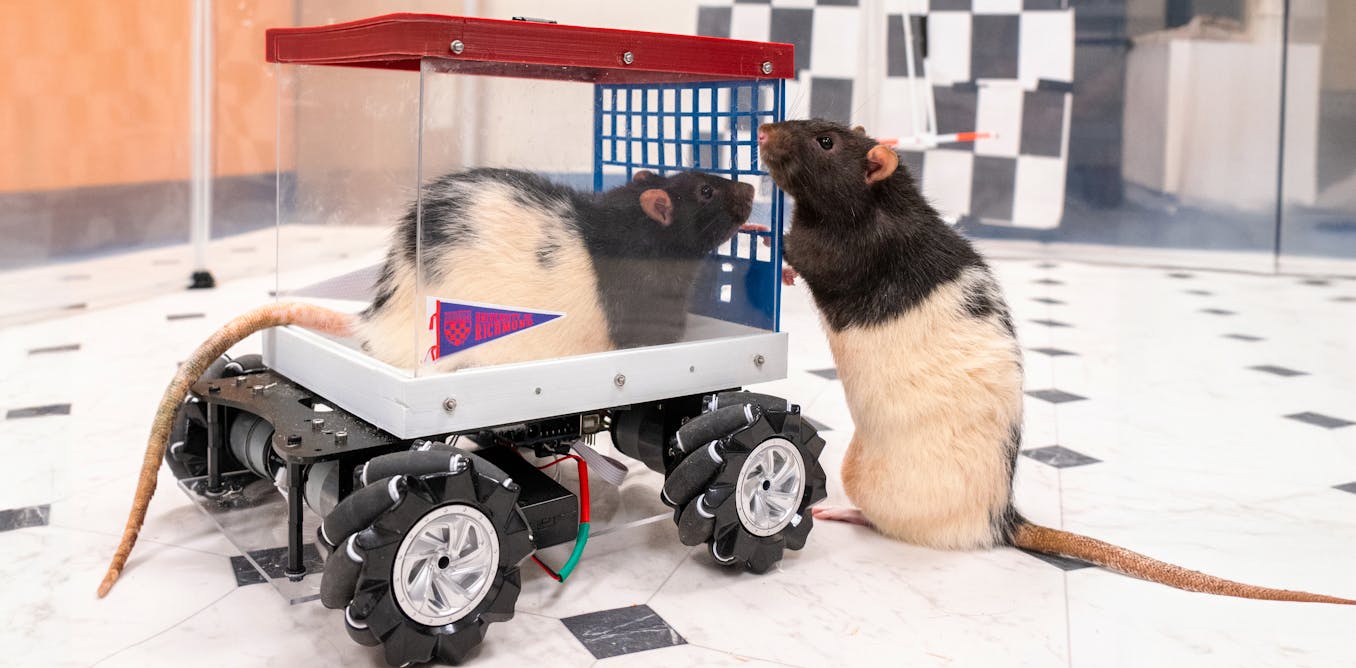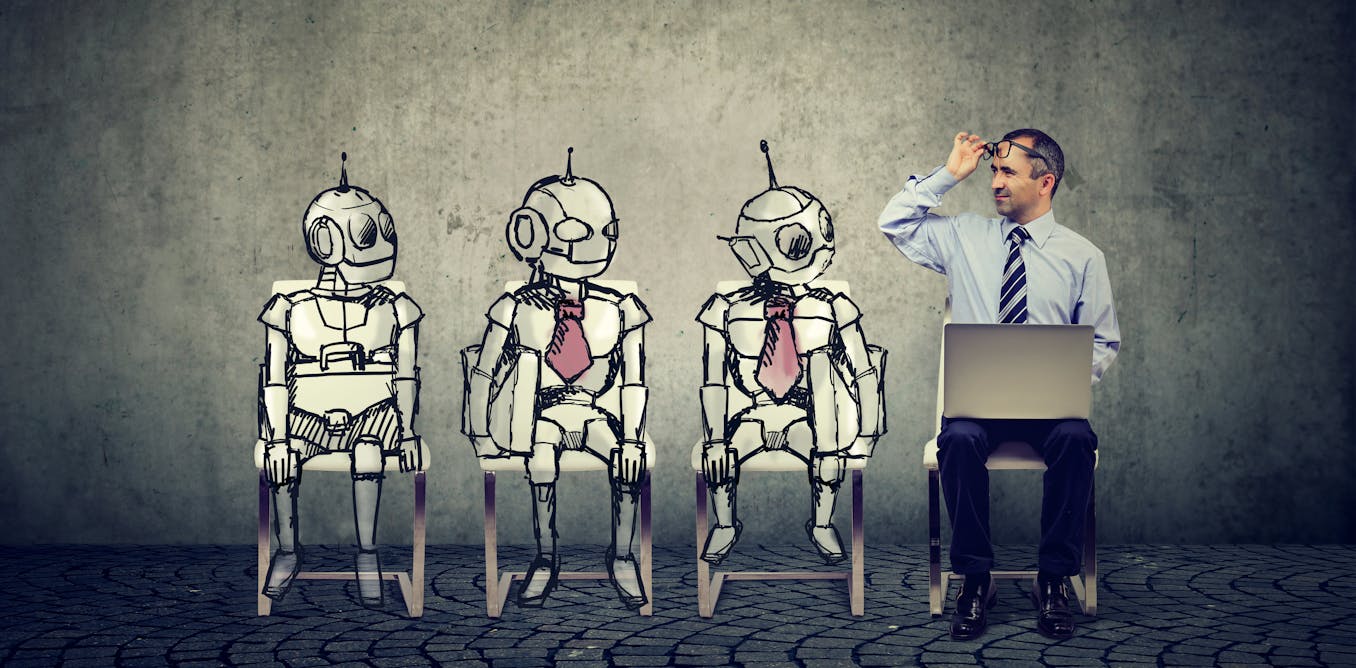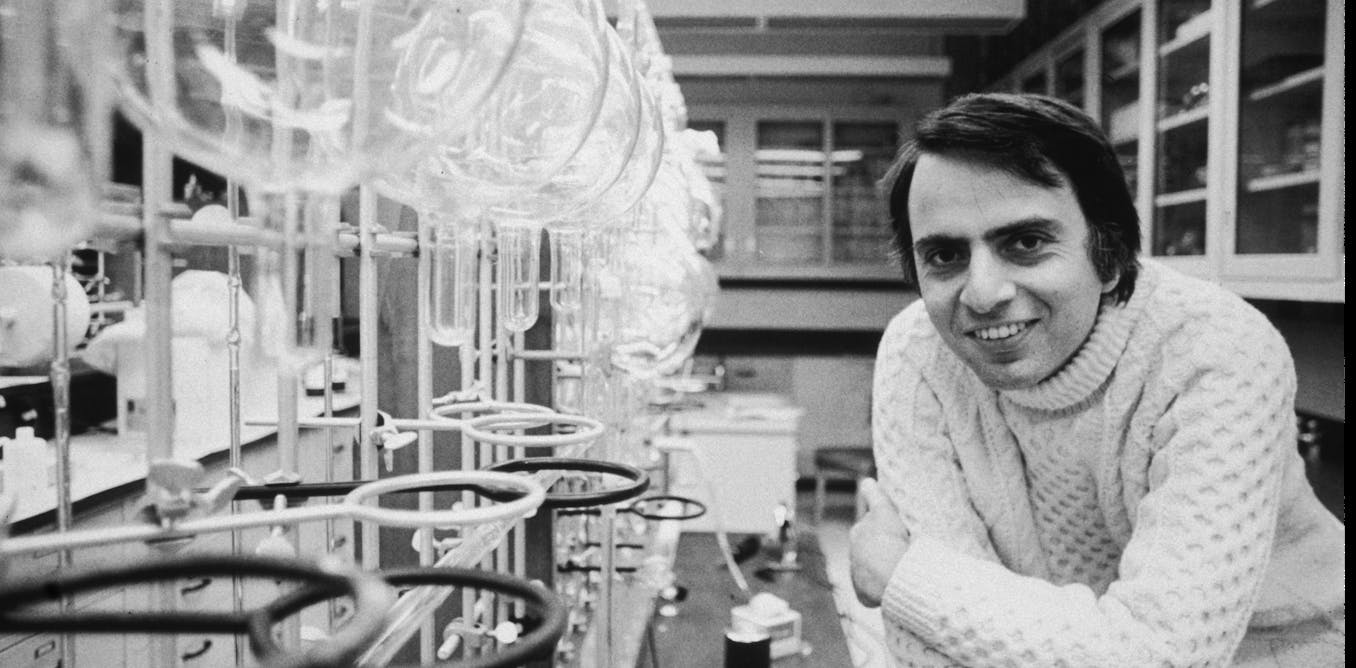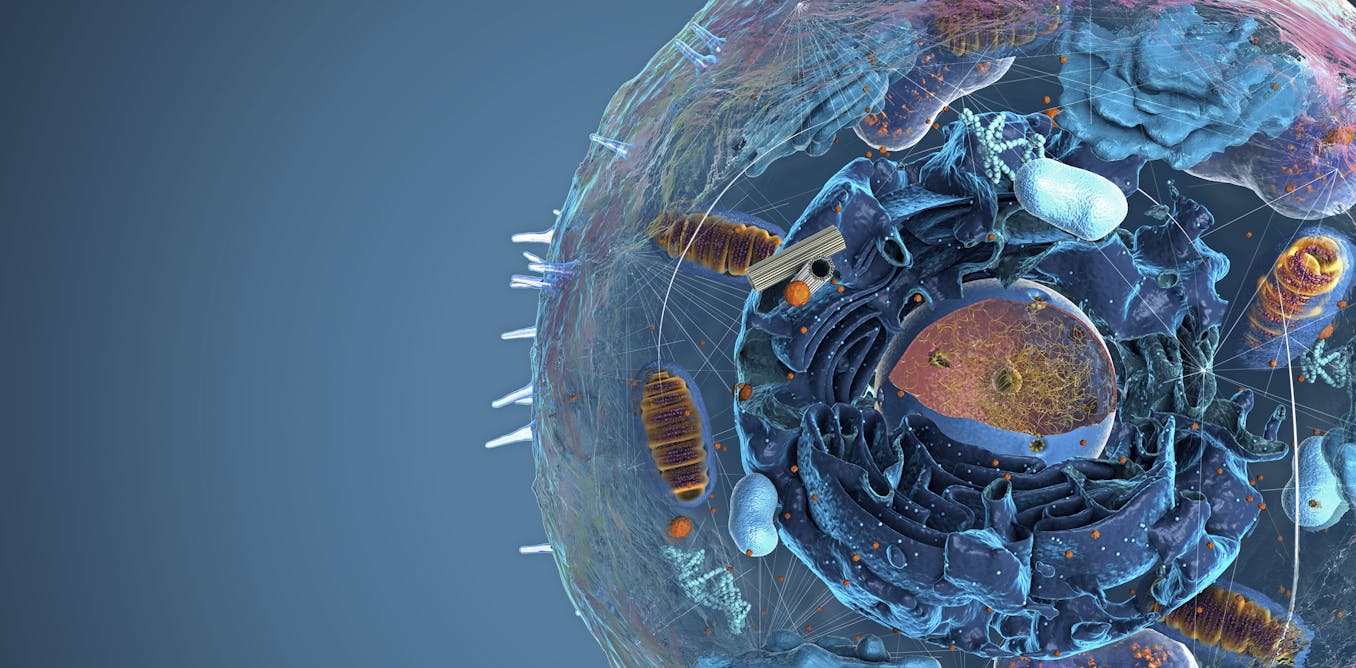Technology
AI helps lighten the load on the electric grid – without skimping on people’s energy use
My colleagues and I have developed an artificial intelligence system that helps buildings shift their energy use to times when the electric grid is cleaner.
I’m an engineer who studies and develops smart buildings. My lab created Merlin, which learns how people use energy in their homes and adjust energy controls like thermostats to meet their needs while at the same time minimizing the impact on the grid. The system can learn on one set of buildings and occupants and be used in buildings with different controls and energy use patterns.
We dubbed it Merlin after King Arthur’s legendary magician to reflect the magical nature of the system: It automatically collects data on how people use energy in their homes and identifies opportunities to charge and discharge home battery storage. And it does so in a way that you always have power for whatever you need. So your air conditioning is always available, but at the same time it reduces the strain on the grid – for example, during afternoon peaks.
If demand outstrips the available generation, utilities typically ask customers to adjust their thermostats and otherwise reduce their loads. If that’s not sufficient, blackouts are possible. This is where Merlin comes in. By managing energy use in homes more intelligently, Merlin helps balance the energy supply, making electric grids more stable and reliable. Merlin manages the grid’s use of the home’s battery while maintaining the home’s normal consumption of energy.
Why it matters
To address climate change, society needs to transition to generating electrical power exclusively using nonfossil fuel sources like solar, wind and nuclear. Also, all household appliances, or end uses – heating, cooking, clothes-drying – must be electrified. A similar transition is happening with cars, moving from internal combustion engine vehicles to battery electric vehicles. However, most renewable energy sources are non-dispatchable, meaning power companies can’t just turn them on when needed.
This requires a fundamental shift from a centralized energy system where a power plant generates all needed electricity, to a more decentralized or distributed one. In decentralized systems, power is generated at the edges of the grid – for example, in homes with solar panels – and homes and office buildings can store energy in batteries.
Homes and office buildings also actively try to reduce or shift their loads to reduce their demands on the grid. This means fewer blackouts and less wasted energy. Plus, using energy more efficiently helps reduce greenhouse gas emissions.

What other research is being done
Researchers are working on various ways to make buildings smarter and better at shifting their energy use. In fact, the U.S. Energy Department has created a national road map to develop such grid-interactive efficient buildings to triple the energy efficiency and energy demand flexibility of buildings by 2030. In 2021, the department funded 10 projects of public-private partnerships with its Connected Communities program to develop and test technologies for grid-interactive buildings.
The International Energy Agency has supported a variety of programs in which researchers are working on software applications to enable smarter building operation, energy-flexible buildings and, more recently, grid-integrated control of buildings.
All these programs and developments focus on advanced control systems and promoting the adoption of smart technologies to optimize energy use, similar to Merlin.
What’s next
The next step is to test systems like Merlin in more communities under realistic conditions, and understand how well they work in different places and conditions. It is important that we gather feedback about users’ experiences and integrate them into our next prototypes to ensure the acceptability of AI systems managing people’s home energy. We are aiming to make these systems user-friendly and affordable so that everyone can benefit from smarter, greener homes.
The goal is for every neighborhood to have homes that share energy like a team, always making sure there’s enough power for everyone and using as little of it as possible from the grid.
The Research Brief is a short take on interesting academic work.
-

 Technology6h ago
Technology6h agoPakistani PhD student wins ‘Commonwealth Chemistry Award’ for research in health, wellbeing | The Express Tribune
-

 Technology12h ago
Technology12h agoCanva down: Users report major disruptions in editing, downloading images | The Express Tribune
-

 Technology23h ago
Technology23h agoUranus: 243 years later, new discoveries challenge what we thought we knew | The Express Tribune
-

 Technology23h ago
Technology23h agoTaurid meteor shower set to light up UK skies over next two nights | The Express Tribune
-

 Technology1d ago
Technology1d agoTransform Your Live Experience with Concert AV: The Ultimate Guide to Audio-Visual Setup
-

 Technology1d ago
Technology1d agoVPN access 'restricted' amid connectivity issue | The Express Tribune
-
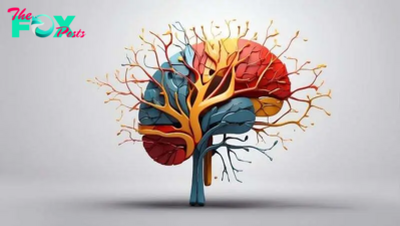
 Technology2d ago
Technology2d agoScientists discover memory functions in body cells beyond the brain | The Express Tribune
-

 Technology2d ago
Technology2d agoGPS jamming: What is it and how does it work? | The Express Tribune
